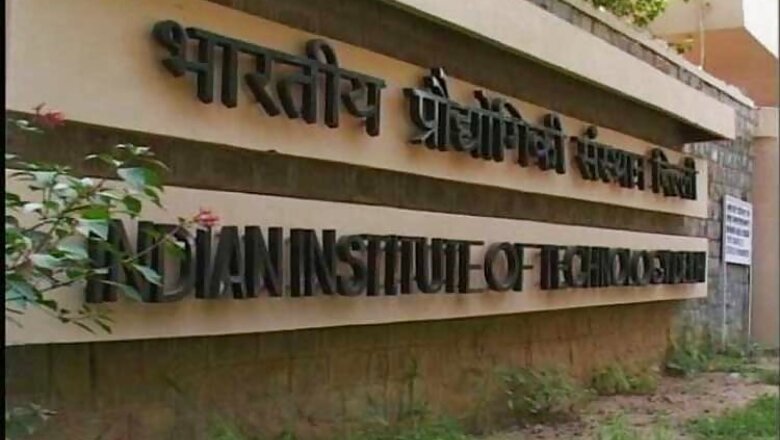
views
New Delhi: Implementation of 10% EWS quota has necessitated the building of infrastructural abilities for which the Indian Institute of Technology has requested the government to grant more funds. The government has asked for institute-wise data. The IITs will be replying to the government before 31 January 2019 on the additional fund requirement from the government.
News18.com contacted several IITs on implementing the quota for the economically weaker section, responses from some of them reveal that they would request the government for more grants. As per responses given by IIT – Kharagpur, Delhi, Odisha the burden of meeting the new demands of infrastructure needs to be shared with the government. Some of them have responded to the Ministry of Human Resource Development on an additional grant of funds.
HEFA model not workable, need more government grants
For much of the infrastructure needed to implement the quota system, the IITs would rely on Higher Education Financing Agency (HEFA) – which is a joint venture company of Canara Bank and Ministry of Human Resource Development. The agency provides financial assistance for creation of educational infrastructure and research and development in India’s premier educational institutions.
Though it aims to provide timely finance at low interest rates for capital assets creation in higher education institutions, one of the directors of an older IITs said on grounds of anonymity, “We need funds from the government because in HEFA we need to recover money and give back to the organization – it is a loan. With economically weak students pursuing higher education how much money can we charge from them? The model of HEFA is not going to work for these students, so it has to be through government grant.”
IIT Kharagpur has submitted its requirement to HEFA, informs deputy director of the institute Professor S K Bhattacharyya. “No request will be made to HEFA in addition to the request already made. However, a special request may be sent to the Ministry of Human Resources Development,” he said.
IIT Delhi has also taken up the matter concerning infrastructure with the government. “While HEFA will fund some of these, we will need some additional grants to reduce the burden on the institute,” said the V Ramgopal Rao, the director.
Infrastructure required and to be implemented over the period of time
IIT Kharagpur has responded saying that they are a self-contained campus to the extent of a mini-township and have added infrastructural facilities over a period of time to accommodate students comfortably. They have planned to add more facilities to accommodate all students including anticipated foreign students in a comfortable state.
Bhattacharyya, deputy director of IIT Kharagpur, said, “The present increase of 10% EWS will necessitate building more hostels, classrooms, laboratory complex, faculty and staff accommodations and facilities for extracurricular activities in coming years. “
The 10% EWS quota would require an increase in seats in all the 19 departments at IIT Kharagpur. “Considering the fact our Institute has a self-contained campus and an increase in seats require an overall expansion in infrastructural facilities, we have the autonomy to implement this quota over a period of 2 years. Hence, we would increase the seats partially across all verticals and by 2020 will further expand the seats as per the new mandate,” said Professor Rabibrata Mukherjee, chairman, JEE, IIT Kharagpur
The IIT Delhi director V Ramgopal Rao informed that the institute would be implementing the 10% EWS reservation over the period of two years. “Since we are any way starting some new programs, we are hoping the new programs will be able to absorb much of the increase in students, in addition to some popular existing branches,” said Rao.
The Newer IITs
Professor RV Rajakumar, director IIT Bhubaneswar (set up in 2008) said that this implementation would be done over a period of two years – with 10% EWS quota the centrally funded institutes have to increase the intake of students by 25% - and this can’t be done at a single go.
Rajakumar informed that the institute has total Rs 850 crores – out of which the government gave the institute Rs 300 crores before HEFA came into existence in 2018 and the rest came from HEFA. “IITs are a naturally growing institutions. We already had phase 2 plan in place for the rising IIT, we will incorporate the increased the number of students through the quota and the 25% increase in student intake,” he said.
Having said that the newer IIT would be needing additional funds from the government. They will send the estimate by the end of the month. HRD official said that the government has asked for data institution-wise and the details would emerge only after the data is received.
This academic year IIT in Bhubaneswar is planning an 11% rise in the intake of students and by next year 14% more to make it a 25% increase in student intake. The rationale behind increasing the seats by 25% is to ensure no entity loses on providing for the Economically Weaker Sections.











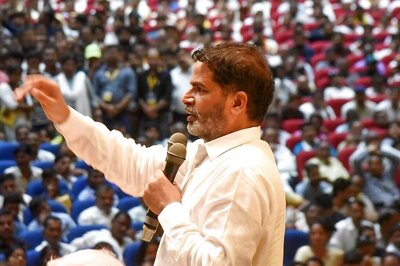



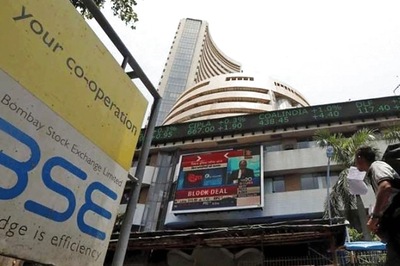


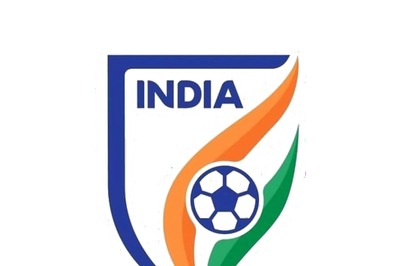
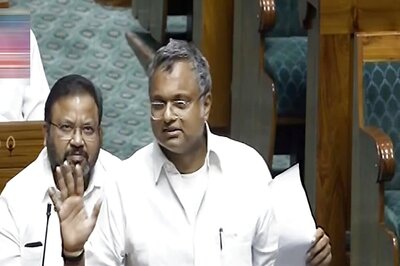
Comments
0 comment